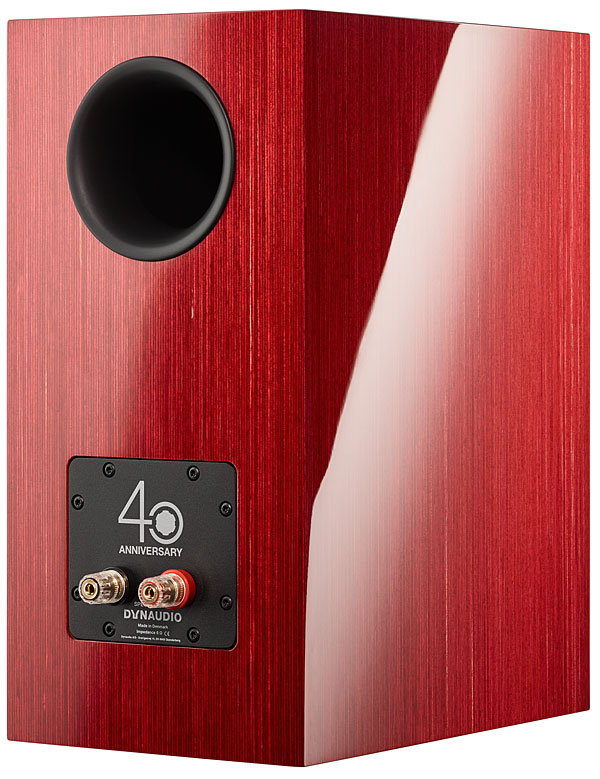| Columns Retired Columns & Blogs |
The new KEF LS-50 Nocturnes are powered wireless speakers, for $2500 ........ Everything we always wanted (and then some more) ........ May be JA could review them? ....... BTW, they won't obey voice commands or tell the outside weather or broadcast the latest news (or can they via you know who?) :-) .........















































